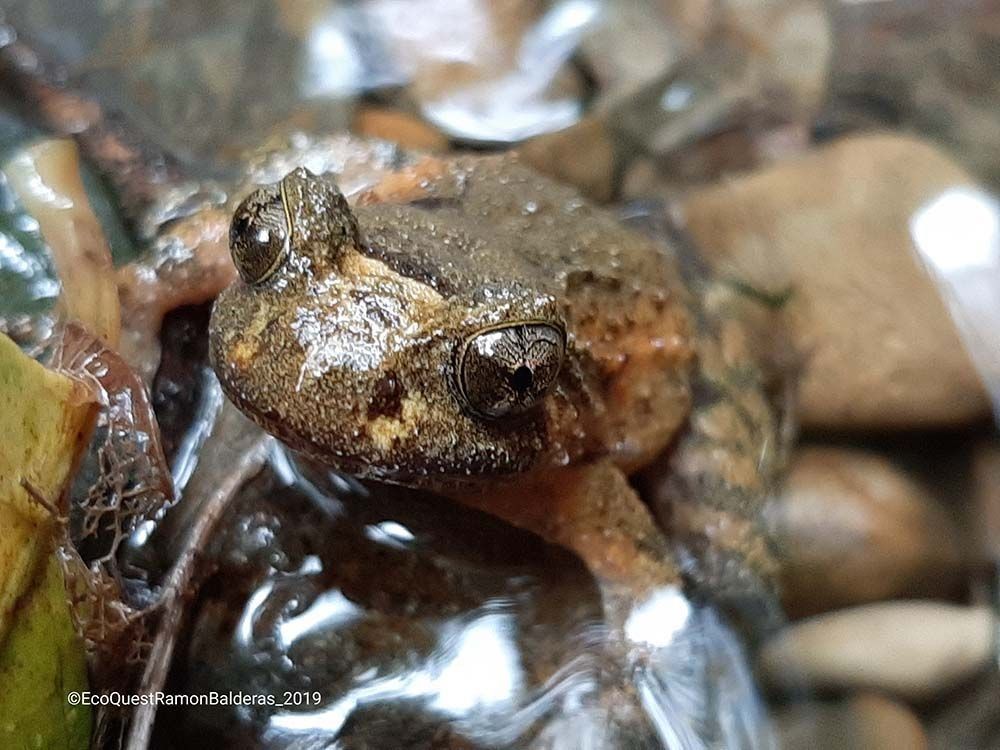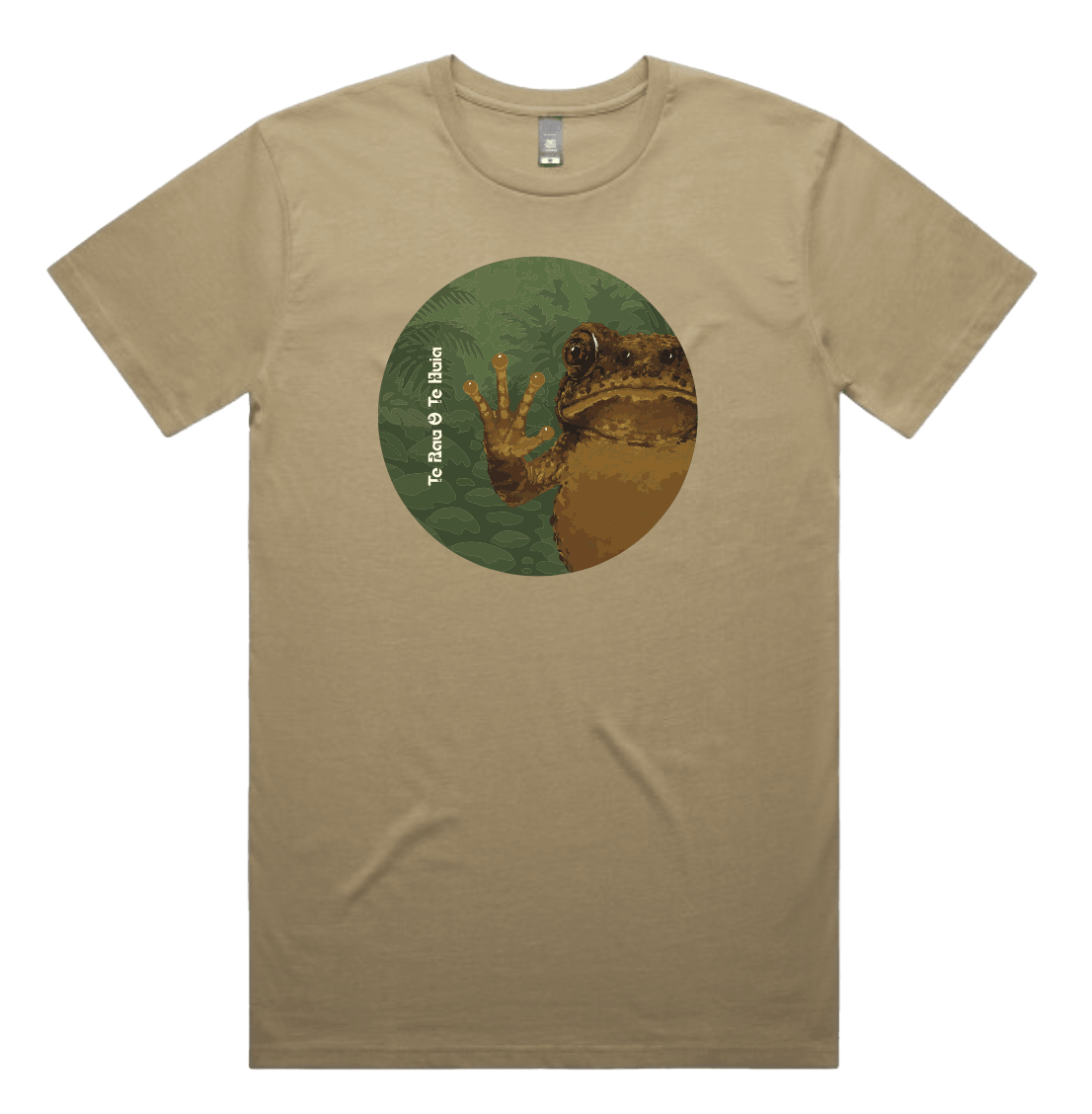Pepeketua / Hochstetter’s frog

Pepeketua / Hochstetter's frog: NZ's hoppers in hiding
As one of three endemic frog species left in Aotearoa, alongside Archey’s and Hamilton’s frogs, these little legends are some of our most ancient and mysterious locals.
Habitat: In and around shaded streams, especially in native forests across Aotearoa.
Breeding season: Late Sept – May.
Diet: Invertebrate prey like insects, worms and snails.
Size: Up to 48mm.
What’s their superpower?
They’re specialists in stealth. They don’t croak, sing or ribbit like other frogs. In fact, they don’t even have eardrums or vocal sacs. They communicate through soft squeaks, scents and subtle movements. With their camo skin and a knack for staying hidden, they’re perfectly built for lying low.
Why do we need them?
They play an important role in the food chain as both predator and prey. And because their skin absorbs everything around them, they can be natural indicators of pollution or ecosystem damage. If pepeketua are healthy, it’s a good sign the environment is too.
Did you know?
Frogs breathe through their skin. But, because oxygen needs to dissolve in water before it can enter the bloodstream, their skin must stay moist - that’s why they love damp environments.
Fascinating facts
Warty wonders: Their skin is bumpy and patterned to help them blend in with leaf litter and rocks - perfect for a life spent hiding.
Decades in the damp: Hochstetter’s frogs can probably live for 30–40 years.
Leggy locals: Unlike typical frogs that hop, Hochstetter’s frogs mostly walk or crawl. Why? Because they have 9 vertebrae instead of the usual 8 which gives them a bendier, lizard-like spine.
Lunge, grab, munch: Unlike many other frogs, they don’t use their tongues to catch food. Instead, they leap, grab and sometimes use their arms to wrangle their prey.
Creek creepers: They’re Aotearoa’s only endemic frog that lives in cool, fast-flowing forest streams, instead of forest floors - although they’re sometimes found there too.

Conservation corner
Hochstetter’s frogs (pepeketua) are classed as At Risk – Declining nationally by DOC. Habitat loss, introduced predators (like rats, mice, stoats and ferrets), disease and climate change are pushing them into smaller, scattered pockets across parts of Aotearoa.
How you can help
Don’t touch native frogs. Their skin absorbs water and everything in it which means they’re vulnerable to pollution, chemicals and disease. If you have a permit to touch one, be sure to follow the instructions.
Keep your shoes clean. Always scrub and disinfect your shoes when moving between different bush or wetland areas.
Don’t spray near waterways. Herbicides and pesticides can harm frogs so check the label and stick to products that are safe to use near streams.
Restore their habitat. Plant native trees, fence off waterways from stock and trap predators like rats and stoats.
Report sightings. If you see a native frog, log it with DOC’s Herpetofauna Database.
Get involved in wetland projects that aim to restore and protect pepeketua.
Help us to help the Pepeketua / Hochstetter's frog
These earless voiceless frogs grow to around 5cm in length, and is the only native frog species to have a tadpole stage.
With over 75% of our indigenous species at risk of extinction*, the Pest Free Waitākere Ranges Alliance is raising funds to help defend the many special species of the Waitākere Ranges.
Thank you for your support of this unusual and interesting frog!
Huia / Pepeketua / Hochstetter's frog
Supporter Gear
Support the conservation efforts of Pest Free Waitākere Ranges Alliance!
By shopping with us, you're contributing to the protection and preservation of our ngahere, and supporting our vision of a restored and thriving Waitākere Ranges.
Choose from a range of clothing and accessories printed with our exclusive design by local artist Stephanie Nierstenhoefer featuring Huia's special species – the Pepeketua / Hochstetter's frog.
Find out more
Image credits: Fern by Toby Hall on Unsplash • Pepeketua by Ramon Balderas/EcoQuest • Pepeketua close up by Saryu Mae on iNaturalist

